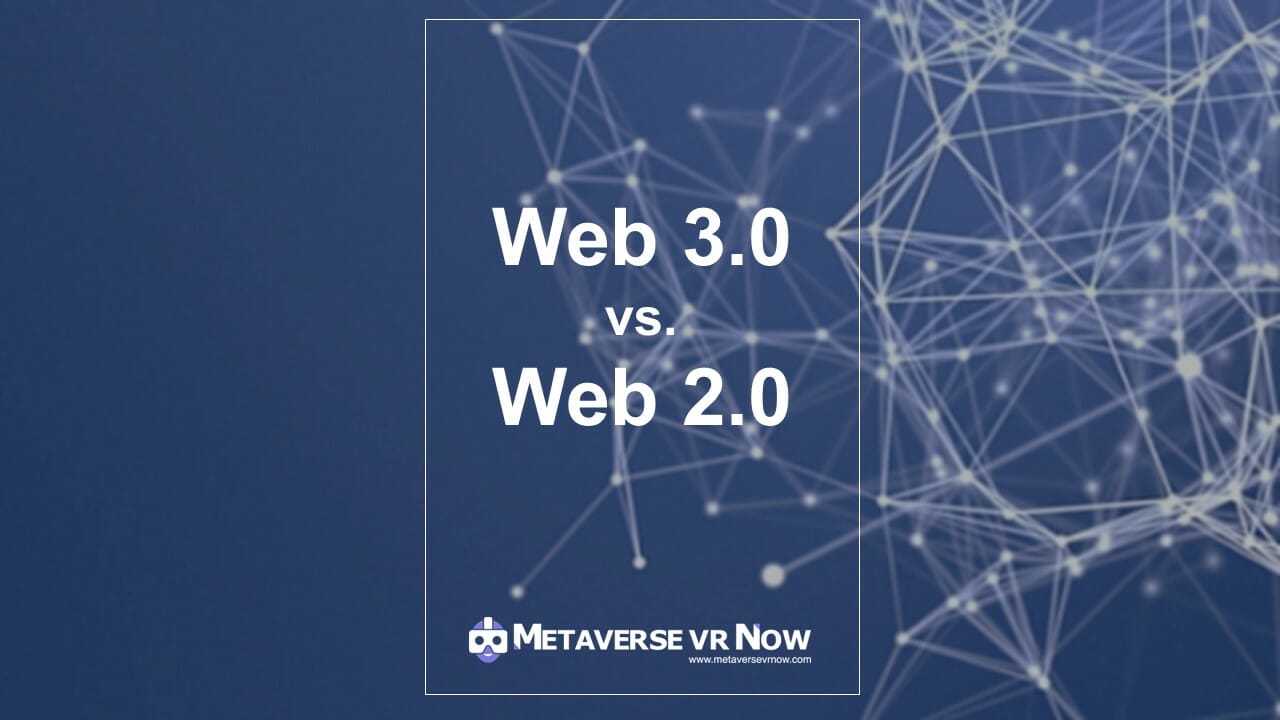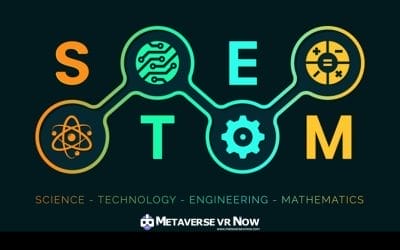The Internet has come a long way since its inception in the early 1990s. What was once a simple text-based system has evolved into a complex network of interconnected computers and devices. This evolution is largely due to the development of new technologies and standards, such as the World Wide Web. The latest version of the web, known as Web3, is currently in development and promises to be a major upgrade from the previous version, Web 2.0. Web 3.0 vs. Web 2.0, let the internet battle begin.
The internet has come a long way in the last 20 years. We’ve gone from dial-up modems to high-speed fiber optic connections. Along with this increase in speed and capacity, the way we use the internet has changed too. These changes can be broadly categorized as Web 2.0 and Web 3.0. But what exactly is the difference between these two terms?
Web 3.0 is the third generation of the World Wide Web. It is the next stage of the evolution of the Internet, where the Semantic Web meets the Web of Things. So what’s the difference between Web 3.0 and Web 2.0? In this article, we will explore the key features that distinguish these two web generations.

What is web 3.0?
Web 3.0 is the next generation of the internet, where information is presented in a way that computers can understand it. This means that instead of humans having to read and interpret data, machines can do it for us. This has huge implications for search engines, as they will be able to understand the context of what we are searching for and return more relevant results. It also opens up the possibility for new applications that can make use of this data in ways we haven’t even thought of yet.
Web 3.0 is sometimes also referred to as the Semantic Web or the Web of Data. These terms refer to the same concept: a machine-readable web where data is linked together in a way that makes sense. Linked Data is a key part of this, and it’s what allows computers to understand the relationships between different pieces of information.
The debate between web 3.0 vs. web 2.0 rages on! Which is better? Check out this webpage to see a comprehensive analysis of the two versions of the web.
The Semantic Web: Web3 vs. Web2
In the past decade, there has been a lot of talk about web 3.0. But what is web 3.0? And how does it differ from web 2.0?
Web 3.0 is sometimes referred to as the Semantic Web. It is a vision of the internet where data is machine-readable and can be linked together in order to provide context and meaning. This would allow computers to better understand our online world and make connections that we might not be able to make ourselves.
In contrast, web 2.0 is focused on human-readable content. It is the social media-driven internet that we are familiar with today. While web 2.0 has connected us in many ways, it doesn’t allow machines to easily understand and process the data that we create online.
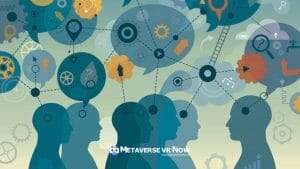
Decentralized Applications: Web3 vs. Web2
Web 3.0 is the third generation of the World Wide Web. It is a decentralized platform that enables developers to build and run applications with no central point of control.
Web 3.0 is built on top of decentralized protocols such as the Interplanetary File System (IPFS) and Blockstack. These protocols provide a new way of storing data and running applications that is more secure, efficient, and private than the traditional centralized web.
Applications built on Web 3.0 are called “decentralized applications” or “dapps.” Dapps are powered by blockchain technology and can run on any computer or device with an internet connection.
Web3 is the next evolution of the internet, one that is more decentralized and focused on user data privacy. Web 2.0 was a huge shift from the early days of the internet, where users were mostly anonymous, and information was centralized. With Web2 came social media platforms, which changed how we interact with each other online. Now, with Web 3.0, there is a push for decentralization again. This time, it’s all about giving users more control over their data and privatizing information that is currently public.
Decentralized applications (dApps) are a big part of this new web. These are applications that run on a decentralized network, often built on top of blockchain technology. dApps have many advantages over traditional apps; they are more secure, private, and resilient to censorship.

The Internet of Things: Web 3.0 vs. Web 2.0
With the advent of the Internet of Things, or Web 3.0, the internet is becoming more connected than ever before. This new era of the internet is characterized by increased connectivity and automation.
Whereas web 2.0 was all about connecting people, Web 3.0 is all about connecting things. And as more and more devices are connected to the internet, we see a rise in artificial intelligence and machine learning.
So what does this mean for the future? Well, some experts believe that Web 3.0 will lead to a more decentralized internet where users have more control over their data. Others believe that it will simply make our lives more convenient and efficient. Either way, it’s clear that Web 3.0 is going to change the way we use the internet – for better or for worse.
User-Generated Content: Web 3.0 vs. Web 2.0
Web 3.0 is the third generation of the World Wide Web. It is based on the concept of user-generated content and aims to provide a more personalized experience for users.
Unlike its predecessor, Web2, which was focused on providing a platform for collaboration and sharing, Web 3.0 is geared towards providing a more personalized experience for users. This is achieved through the use of data that is generated by users themselves, such as their preferences, interests, and social interactions. This data is then used to provide targeted content and recommendations to users, which makes for a more customized experience.
Additionally, Web3 also emphasizes the importance of security and privacy, as well as the need for interoperability between different platforms and devices.
Blockchain technology: Web 3.0 vs. Web 2.0
Web 3.0 is the third generation of the World Wide Web. It is a decentralized web that is powered by blockchain technology.
Web 3.0 is the next evolution of the internet, where users are in control of their own data. Web 3.0 is a more secure and efficient way of sharing information and conducting transactions online.
Blockchain technology powers Web 3.0 by providing a decentralized ledger that records all transactions on the network. This makes Web 3.0 more secure and efficient than previous generations of the internet.
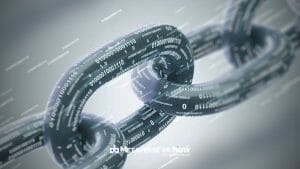
Web of Data: Web 3.0 vs. Web 2.0
Web3 is the next evolution of the internet, where data is more interconnected than ever before. Web2 was all about connecting people and information, but Web 3.0 takes it to the next level by connecting data itself. This “web of data” can be used to power everything from smart cities to self-driving cars. By linking data together, we can start to see patterns that were hidden before and make better decisions as a result.
Privacy and Security: Web 3.0 vs. Web 2.0
The next generation of the internet, Web 3.0, is here. And with it comes new challenges to privacy and security. Here’s a look at what Web3 is and how it differs from the previous versions of the internet.
Web3 is the next generation of the internet, and with it come new challenges to privacy and security. The key difference between Web3 and its predecessors is that Web 3.0 is decentralized. This means that there is no single point of control or failure for the web.
Decentralization also brings new opportunities for privacy and security. With data spread across a network of computers, it becomes much more difficult for hackers to access sensitive information. And because there is no central authority controlling the web, users are free to browse without being tracked or monitored by government agencies or corporations.
Where is Web 3.0 Headed
Web 3.0 is the third generation of the World Wide Web. It is a platform for creating and deploying decentralized applications. Web 3.0 is powered by a decentralized network of computers rather than by a central server. This network is known as the “World Wide Computer.”
Web 3.0 applications are more user-friendly than their predecessors, and they have the potential to revolutionize many industries, including finance, healthcare, and education. One well-known example of a Web3 application is Ethereum, which allows users to create and run decentralized applications on its blockchain.
Web 3.0 is still in its early stages of development, but it holds great promise for the future of the web.
The debate between web 3.0 and web 2.0 has raged for years. Which is better? Which will win out in the end?
What is Web 2.0: Social media, blogs, wikis
Web 2.0 is a term that refers to the second stage of the World Wide Web. It is characterized by increased user interactivity and collaboration, as well as a more open and decentralized web architecture. Web 2.0 sites allow users to generate and share content, as well as communicate with each other. Popular examples of Web 2.0 applications include social networking sites, blogs, wikis, and video-sharing sites.
What’s the difference between web 3.0 and web 2.0? Social media, blogs, and wikis are so yesterday.

The history of Web 2.0
Web 2.0 is the term given to describe the second generation of the World Wide Web. It is a platform that allows for more user interaction and collaboration than its predecessor, Web 1.0. Some of the key features of Web 2.0 include social networking, blogs, wikis, and folksonomies.
The term was first coined by Darcy DiNucci in 1999 and then later popularized by Tim O’Reilly and Dale Dougherty at the O’Reilly Media Web 2.0 Conference in 2004. Although the concept of Web 2.0 was not fully realized until after the dot-com bubble burst in 2001, many of the technologies that it is now known for were actually developed earlier on in the 1990s.
The difference: web 3.0 vs. web 2.0 is all about connectivity. That makes a lot of difference between the two.
The transition from Web 1.0 to 2.0.
Web 2.0 has been expanded to refer to a wider set of technological capabilities than the original definition. However, it is still not commonly agreed upon what exactly constitutes Web 2.0 technologies. Proponents argue that Web 2.
How Web 2.0 works: Web 3.0 vs. Web 2.0
Web 2.0 is the term given to describe a second generation of the World Wide Web that is focused on the ability for people to collaborate and share information online. In contrast, Web 3.0 is the term given to describe a third generation of the World Wide Web that is focused on the Semantic Web, or web of data.
So what exactly is Web2? To put it simply, “Web 2.0” refers to websites that allow users to interact with each other and with the content on the page. This interaction can take many forms, such as commenting on a blog post, sharing an article on social media, or rating a product on Amazon.
The key difference between Web 2.0 and previous generations of the web is that user-generated content is now central to many popular websites.

Examples of Web 2.0 Technologies: Web 3.0 vs. Web 2.0
Web 2.0 was the term first coined in 2004 by Darcy DiNucci. She described it as “the next generation of the World Wide Web,” which would be “more participatory, open, and collaborative.” The term gained mainstream popularity after the first Web 2.0 conference was held in 2004. Web 2.0 is generally seen as a transition from the traditional static web pages of HTML to a more dynamic web-based on web standards, such as CSS, XML, and XHTML.
One of the most important aspects of Web2 is that it enables people to share information and work together on projects online. This is made possible by a number of different technologies, such as blogs, wikis, and social networking sites.
Social Media Web 2.0: Web 3.0 vs. Web 2.0
Web 2.0 is the term given to describe a second generation of the World Wide Web that is focused on the ability for people to collaborate and share information online. Web 2.0 applications are typically distinguished from earlier Web 1.0 applications by their use of web-based technologies such as Ajax and social networking sites like Facebook and Twitter.
The term “Web 3.0” is sometimes used to describe a third generation of the World Wide Web that would be based on Semantic Web technologies. The Semantic Web is an extension of the current web that would allow machines to read and interpret web content more effectively, making it possible for software applications to “understand” the meaning of data on the web.
Wikis Web 2.0 vs. Web 3.0
Wikis are one of the most popular applications of Web 2.0, which allow users to create, edit, and link web pages together to create a collaborative website. Although Web 2.0 has been around for over a decade, there is still much confusion about what it is and how it differs from Web3.
So what exactly is Web2? To put it simply, Web 2.0 refers to the shift from static HTML websites to dynamic web applications that allow for user interaction and collaboration. This shift was made possible by the introduction of new technologies, such as Ajax and RSS, that allowed developers to create more interactive and responsive web applications.
One of the most popular examples of a Web 2.0 application is Facebook, which allows users to connect with one another and share information.
Blogs Web2 vs. Web3
There is a lot of debate surrounding the differences between Web 2.0 and Web 3.0. Some people believe that Web 3.0 is simply an extension of Web 2.0, while others believe that there are significant differences between the two.
One major difference between Web 2.0 and Web 3.0 is the way in which information is organized and presented. Web 2.0 sites tend to be much more focused on user-generated content, while Web 3.0 sites are more focused on structured data. This means that Web 3.0 sites are generally easier to navigate and find information on than Web 2.0 sites.
Another difference between the two is the way in which they are used. Web 2.0 sites are typically used for social networking, sharing photos and videos, and blogging, while Web 3.0 sites are more commonly used for business purposes.
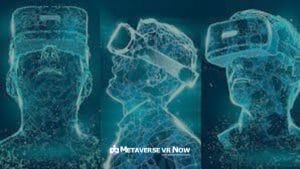
The benefits of using Web 2.0 tools
Web2 tools offer a variety of benefits for users. These tools allow for more collaboration and communication than traditional web tools. Additionally, they provide users with more opportunities to connect with others and share information. Finally, Web2 tools tend to be more user-friendly and easier to use than their predecessors.
The disadvantages of using Web 2.0 tools
While Web 2.0 tools have made it easier for people to connect and collaborate online, there are some disadvantages to using these tools. One downside is that people can be more easily distracted when using these tools since there are often many things going on at once. Additionally, people can spend too much time on social media and other Web 2.0 applications, which can lead to less productivity. Finally, some of the information shared on these platforms may not be entirely accurate or reliable.
Web 3.0 vs. web 2.0: The Difference is connectivity, efficiency, and intelligence
When it comes to the internet, we often hear people talk about Web 2.0 and Web 3.0. But what exactly is the difference between these two terms?
Web 2.0 refers to the second generation of the World Wide Web, which is characterized by increased user interactivity and collaboration. On the other hand, Web 3.0 is sometimes referred to as the Semantic Web, which is a more intelligent and interconnected version of the internet.
So, what are some of the key differences between Web 2.0 and Web 3.0? For starters, Web 2.0 was all about connecting people, whereas Web 3.0 is more about connecting data. This means that Web 3.0 is much more efficient and intelligent than its predecessor. Additionally, Web 3.0 is much more interactive.
Conclusion: Web 3.0 vs. Web 2.0
In conclusion, Web 3.0 is the better option because it is more connected, efficient, and intelligent. This new web will allow for a more connected world where information is easily accessible and people are more efficient in their work.
Web 3.0 is the next step in the evolution of the internet. It is more efficient and intelligent than its predecessor, Web 2.0. With its added capabilities, Web 3.0 has the potential to revolutionize the way we interact with the internet and each other.

